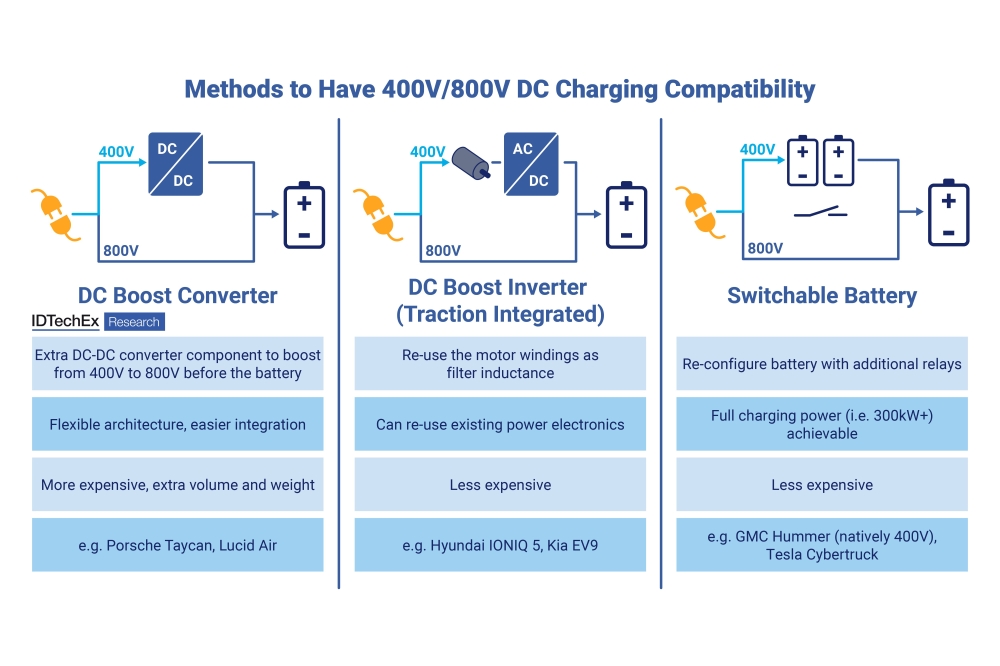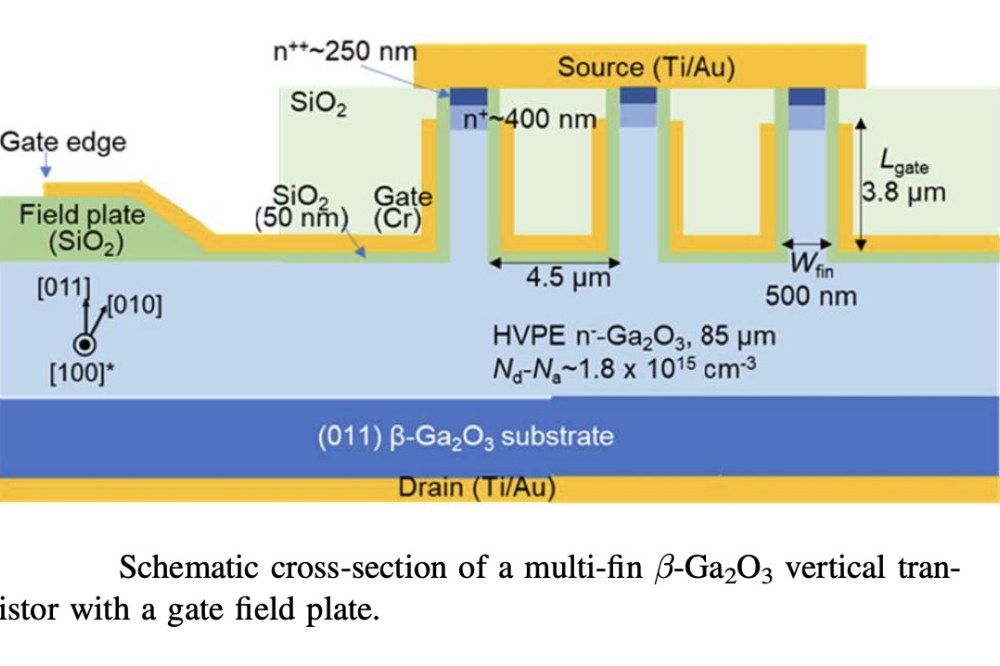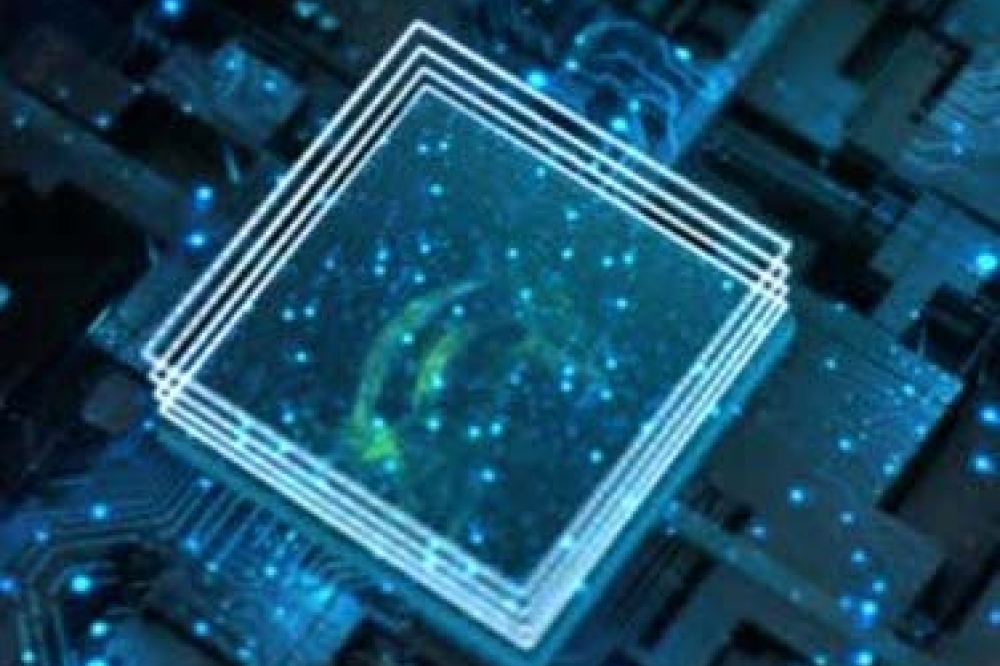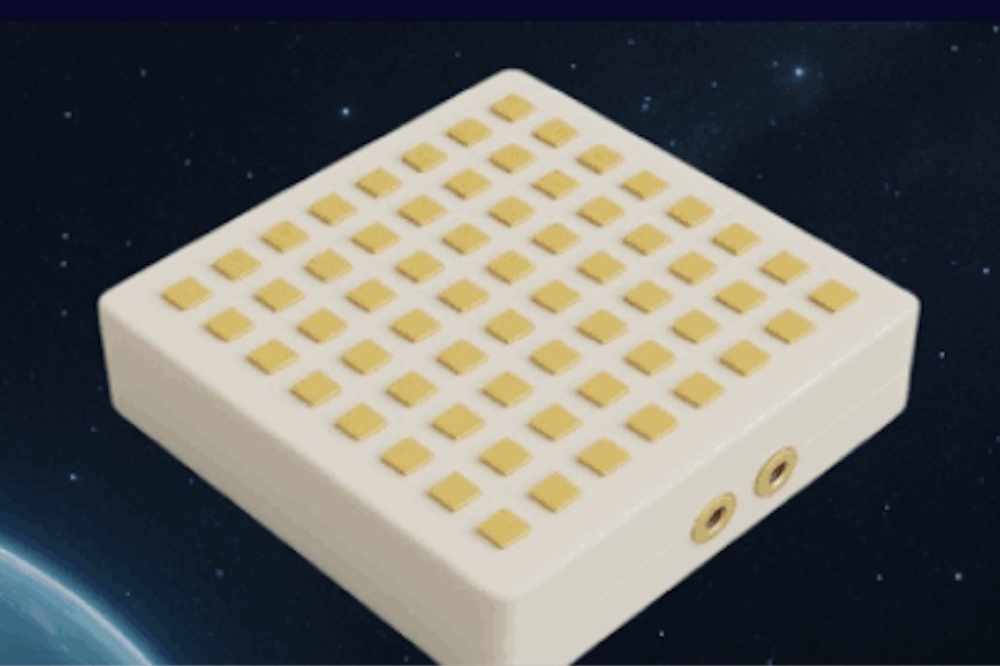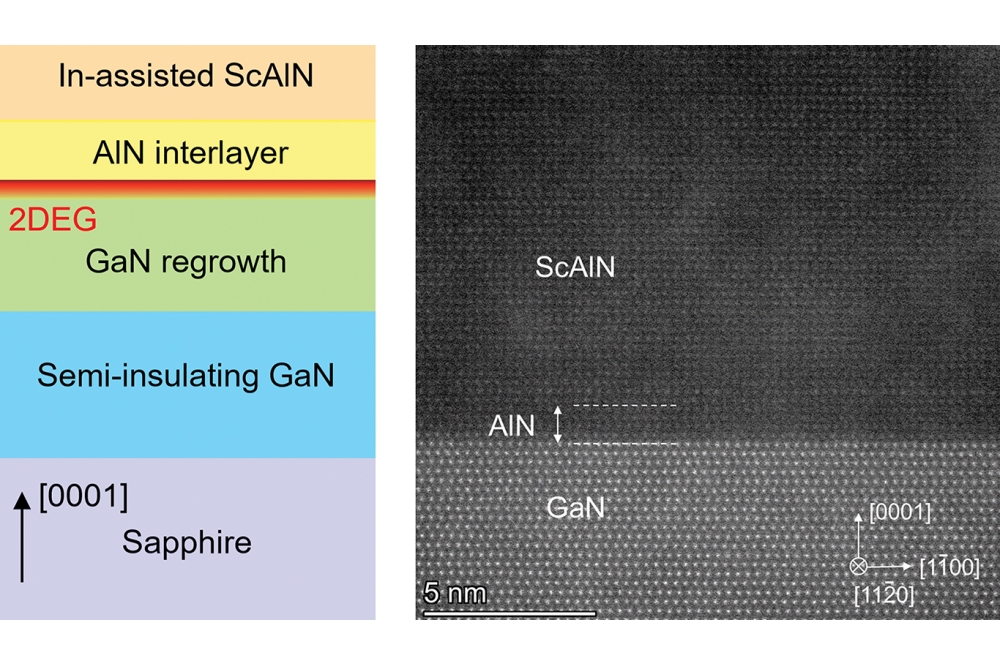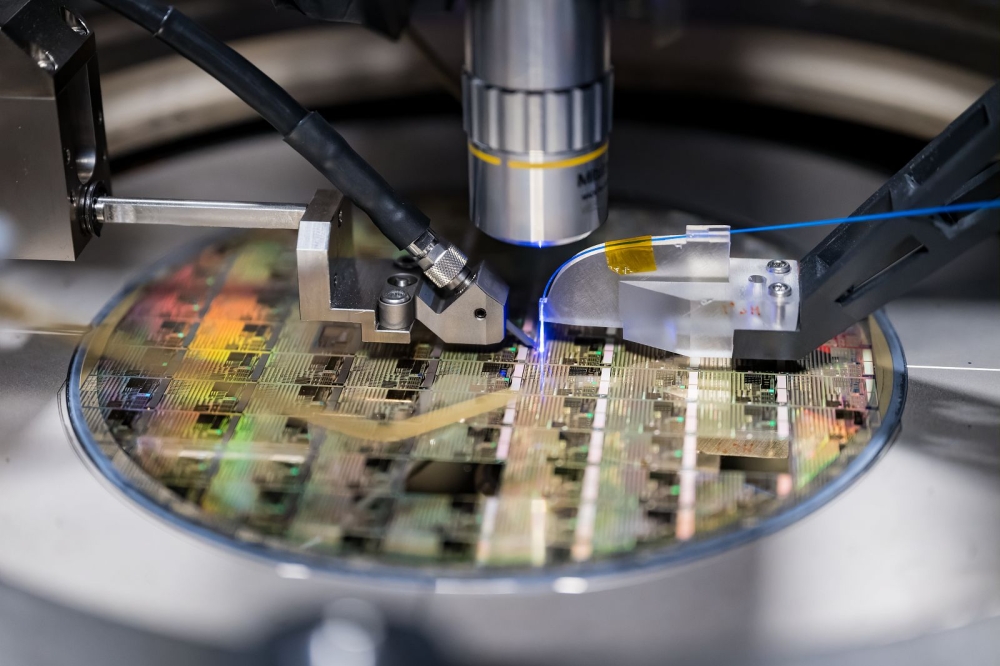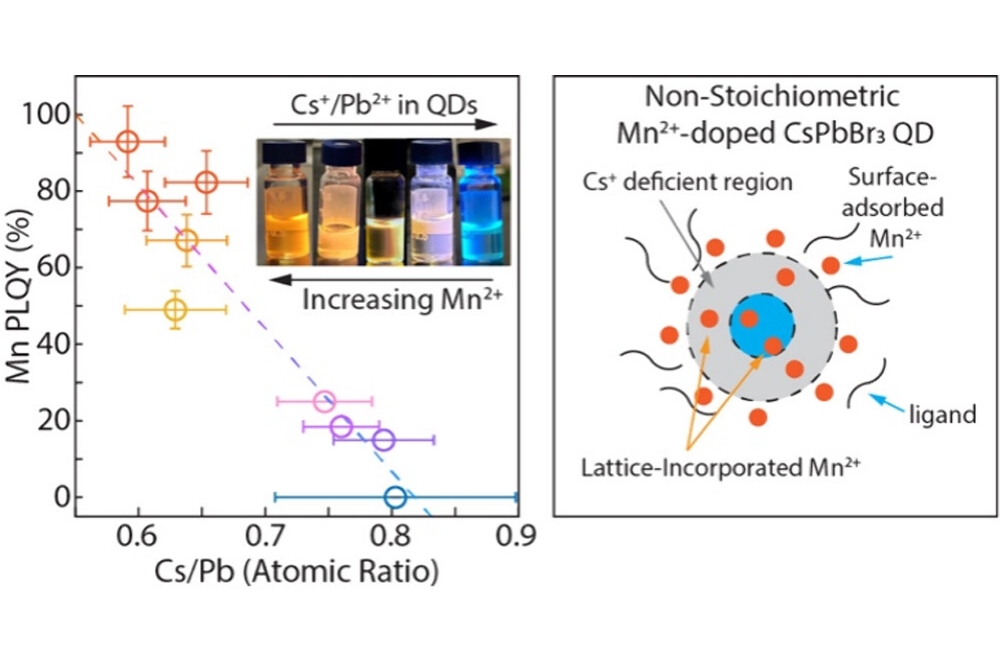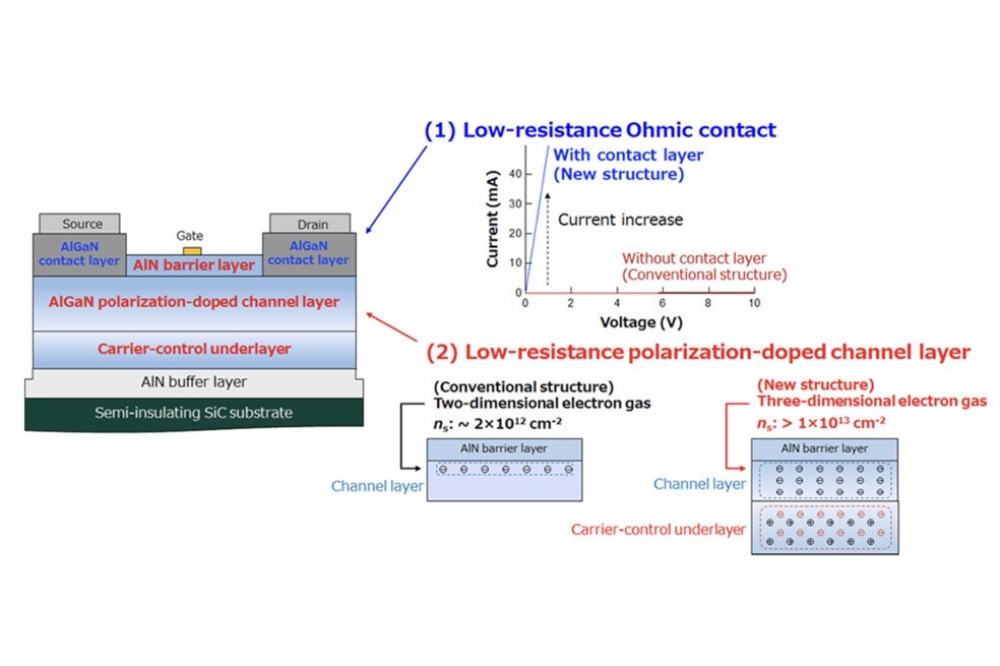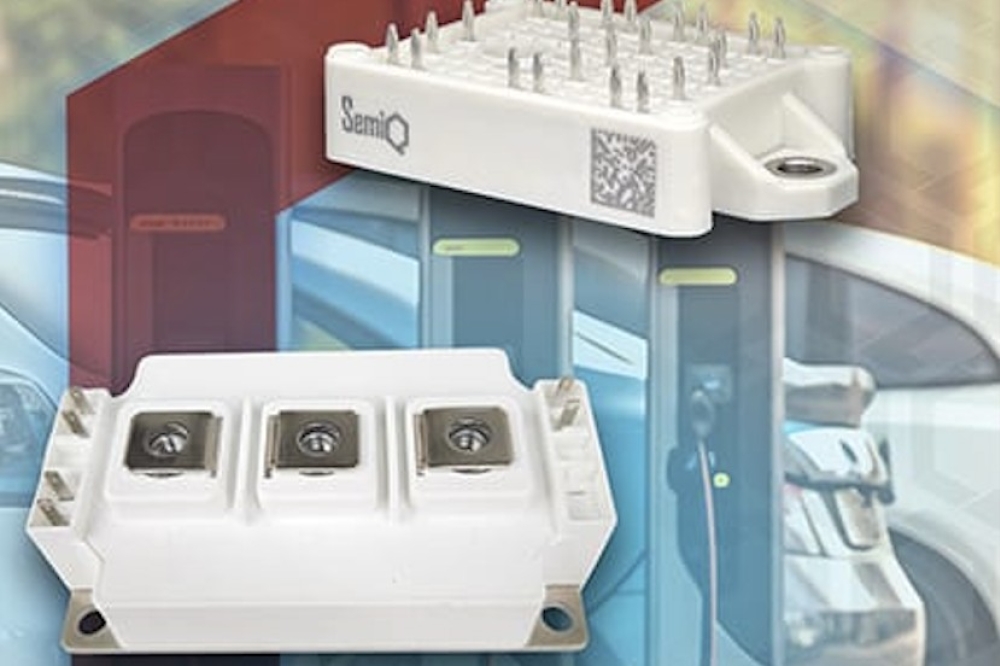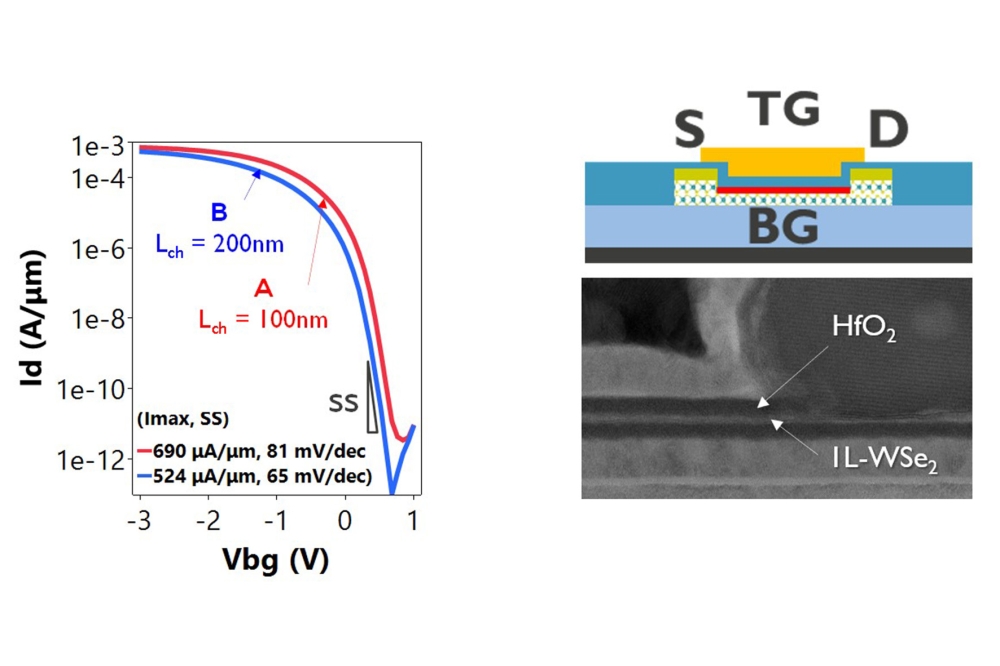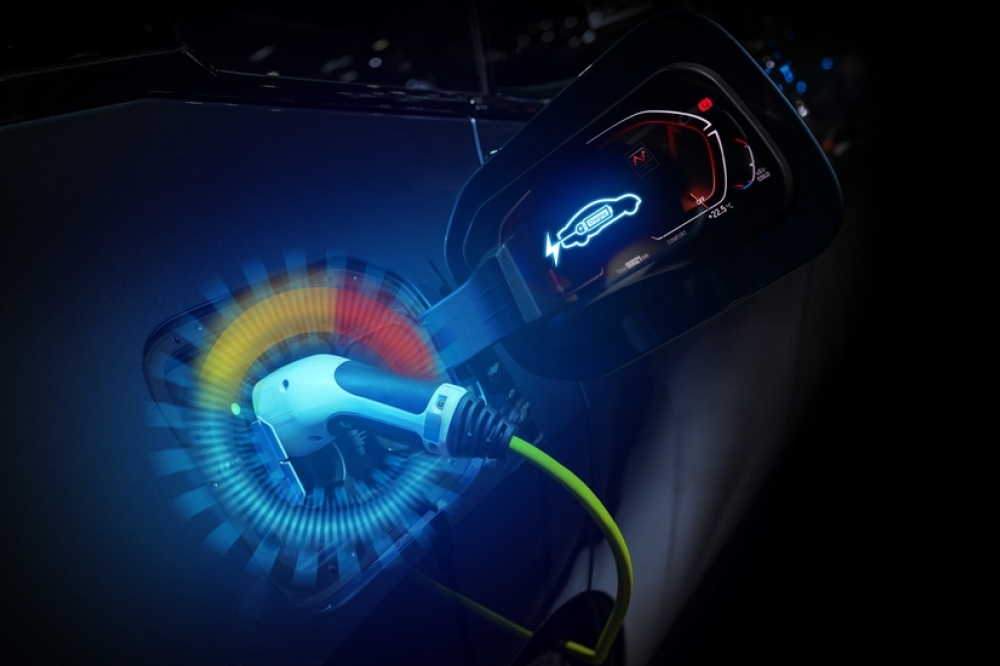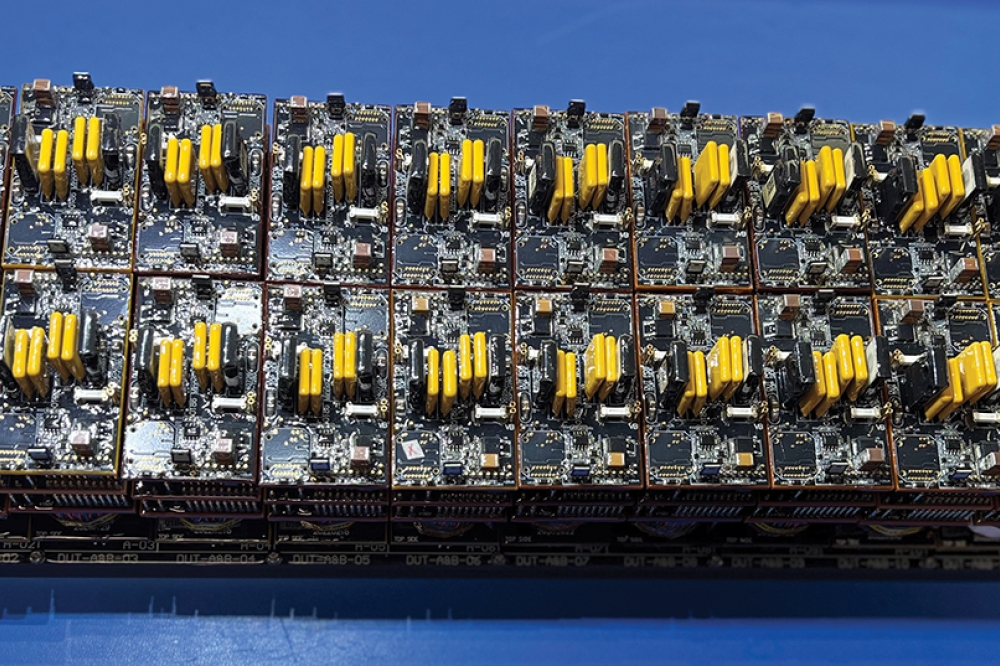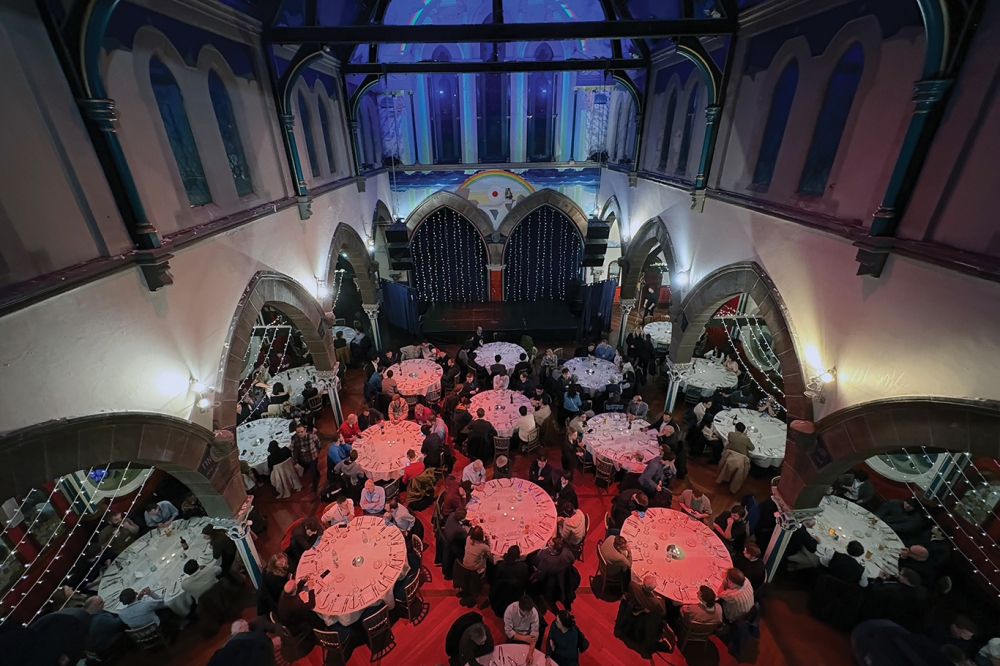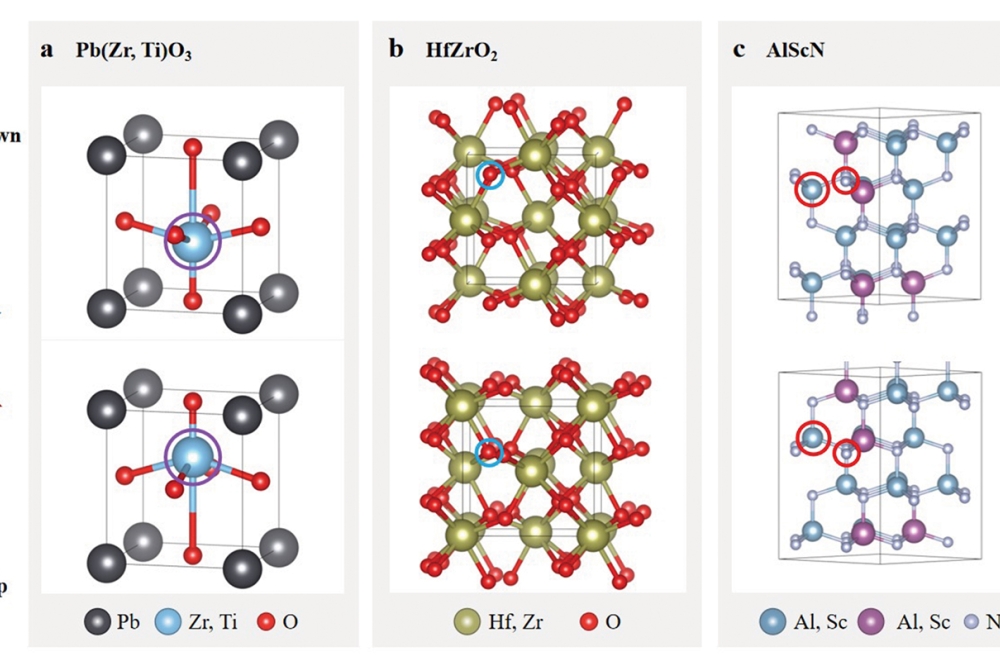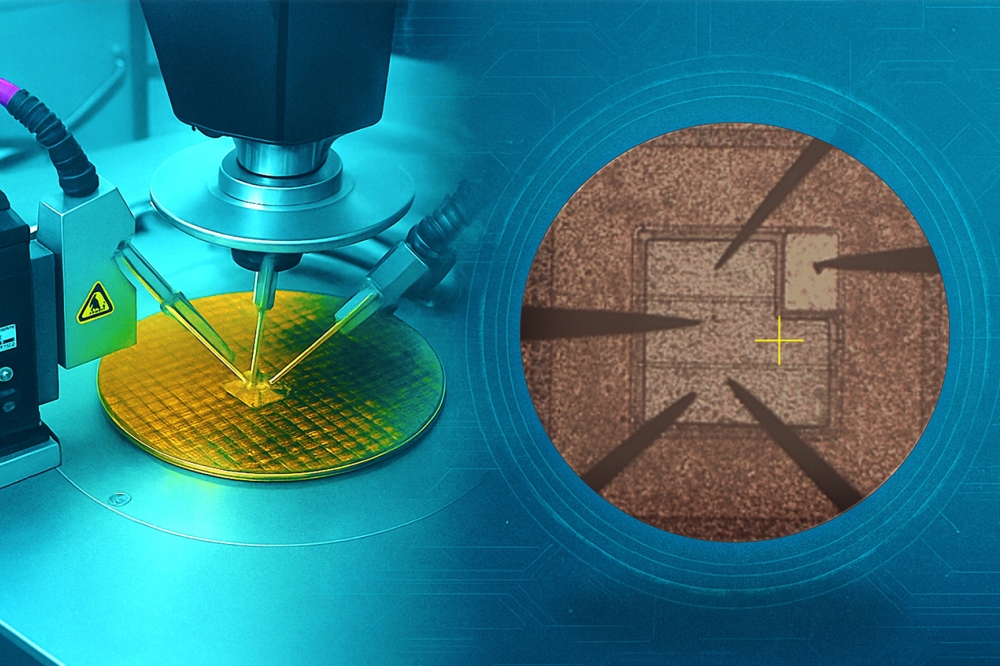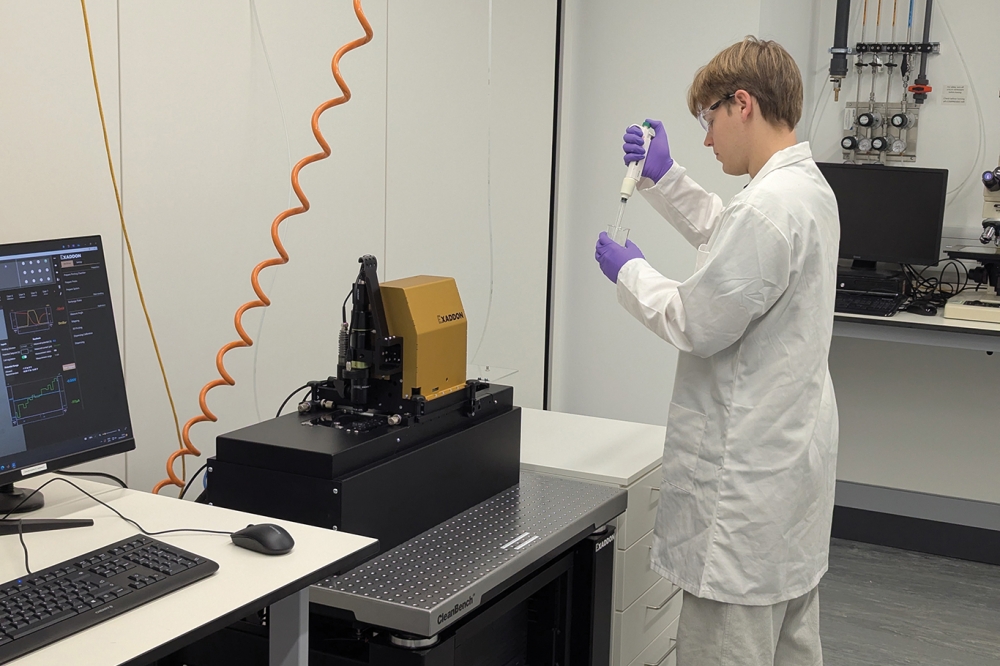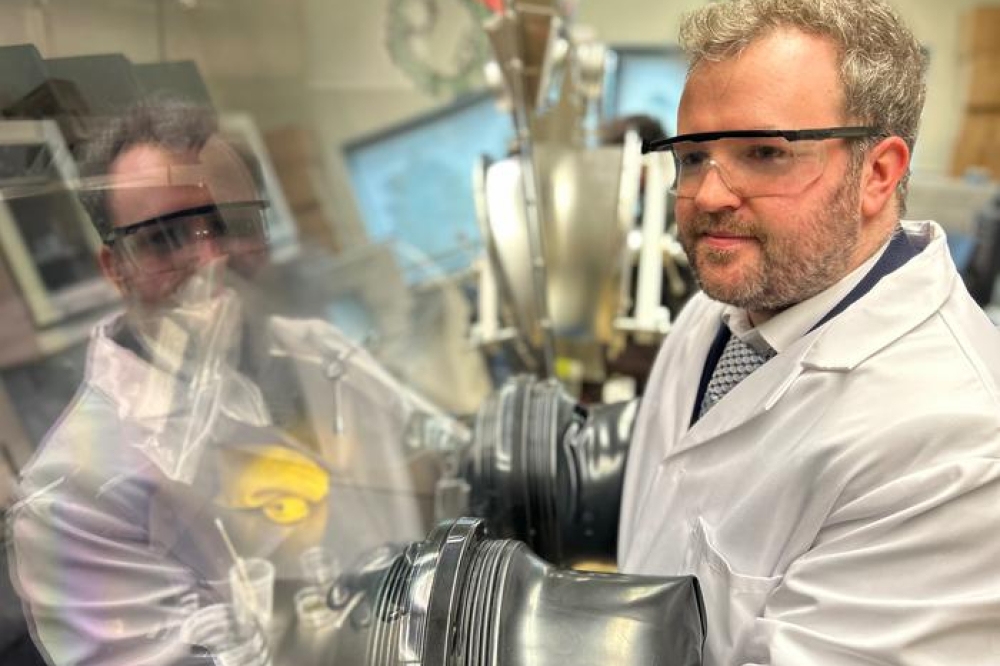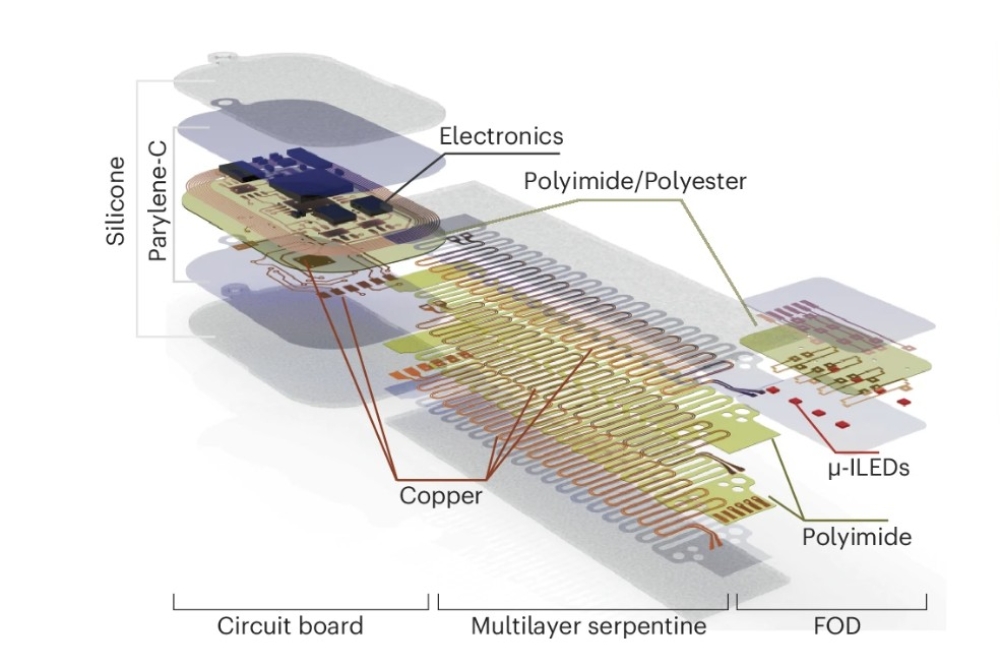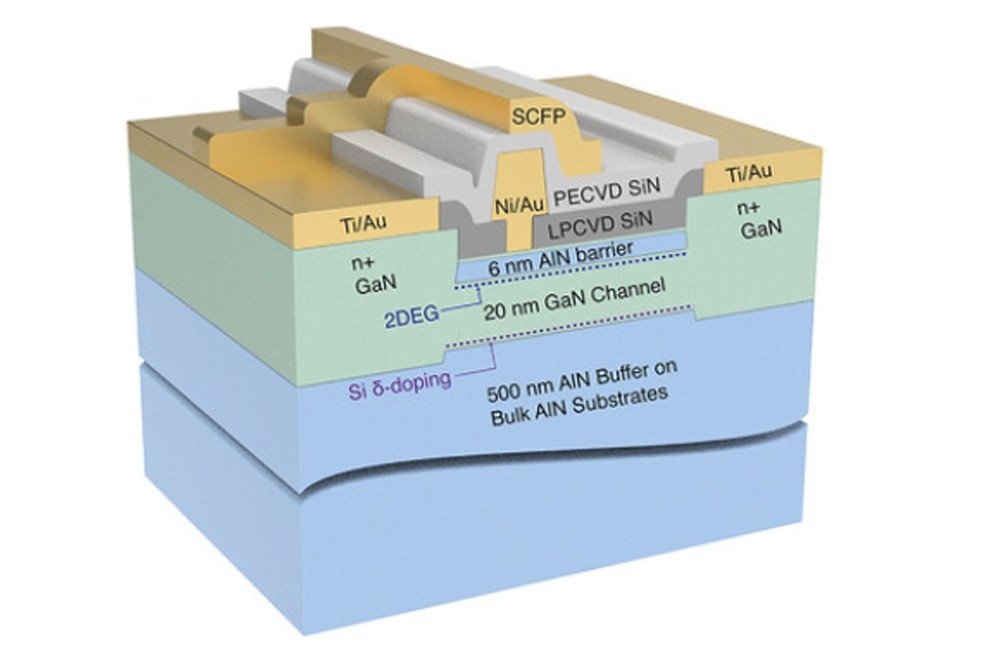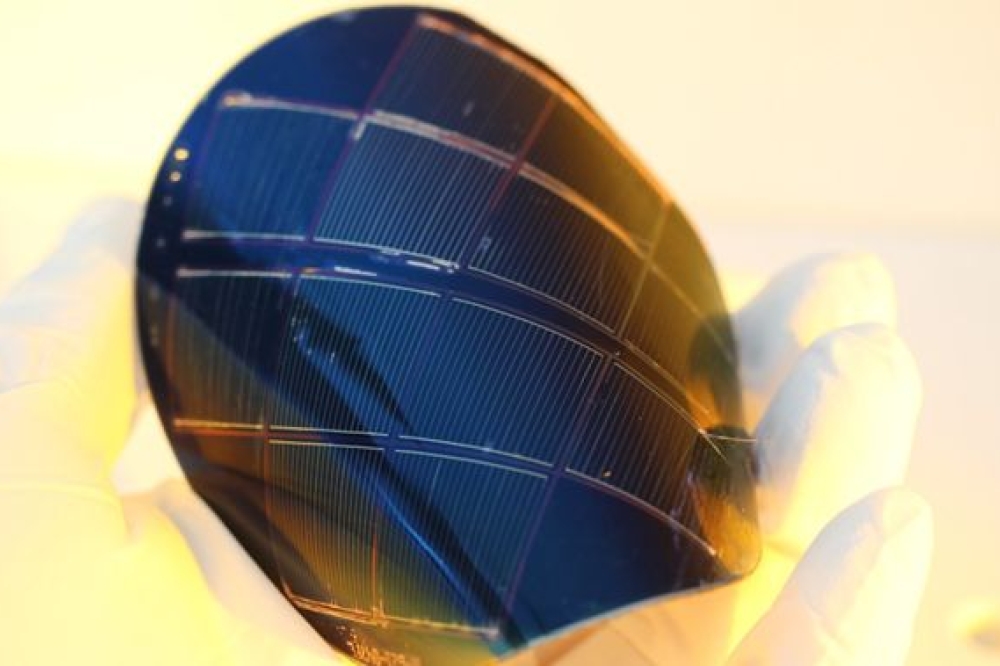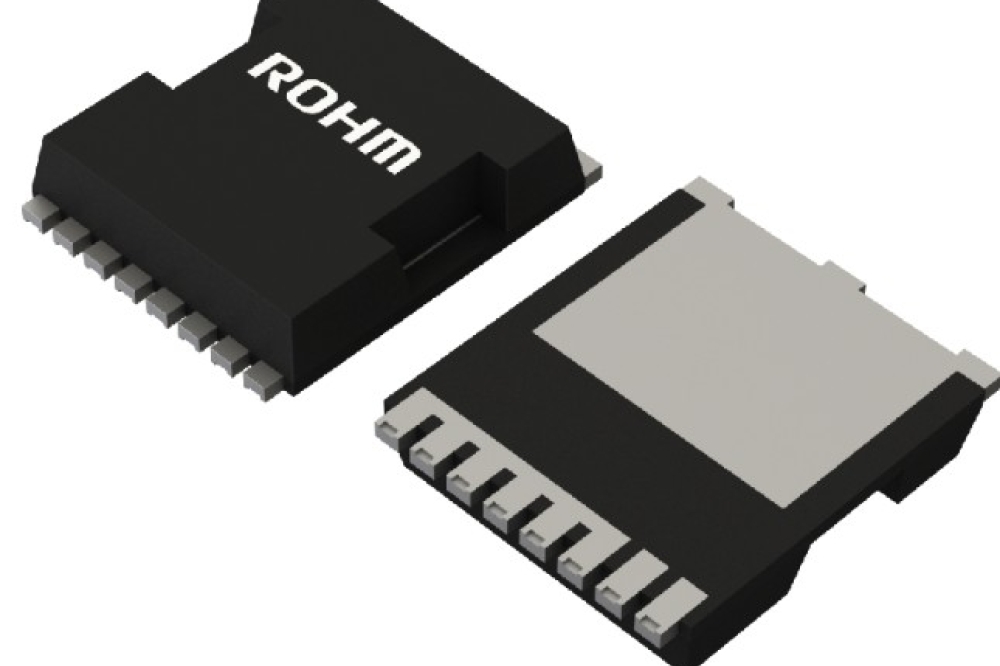Plessey and Meta announce brightest red microLED display
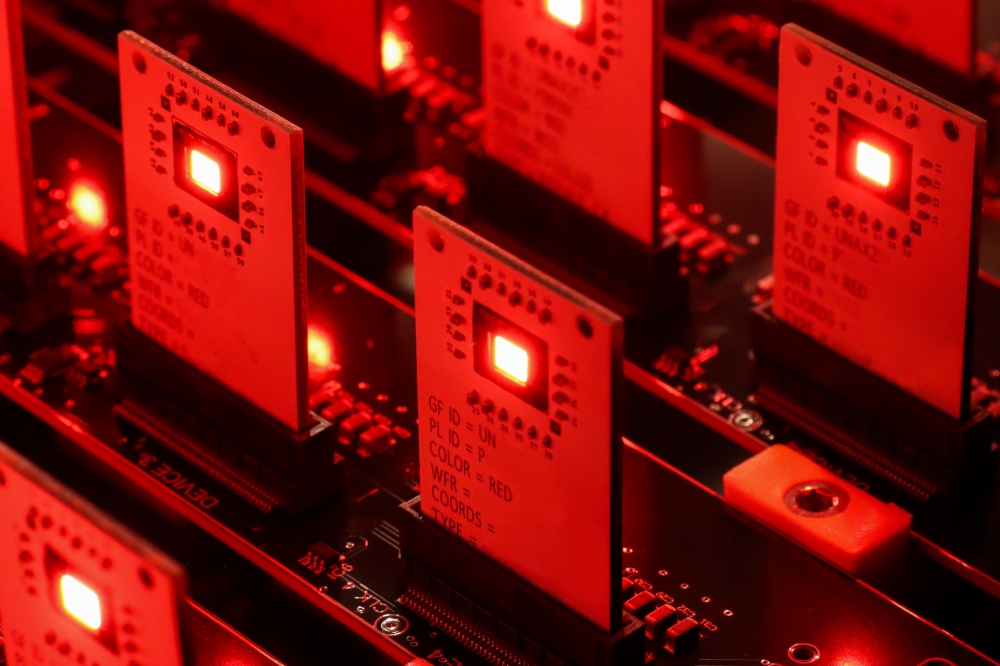
Plessey Semiconductors and Meta Platforms have announced the development of what they claim is the world's brightest red microLED display suitable for augmented reality (AR) glasses.
The display offers a brightness up to 6,000,000 nits at high resolution (<5um) with low power consumption–overcoming critical technical challenges that will help pave the way for the next computing platform.
This achievement follows Meta’s recent announcement of Orion AR glasses prototype. Orion combines the look and feel of a regular pair of glasses with the immersive capabilities of AR due to its 70-degree field of view, SiC high-performance waveguides, custom silicon, microLED projectors, integrated input system, and more.
As part of its long-term commercial agreement, Plessey is continuing to work with Meta by dedicating its manufacturing operations to support the development of prototypes and new technologies for potential use in the XR category.
Jason Hartlove, VP of Display and Optics, Meta’s Reality Labs, said: "Our work with Plessey has pushed the boundaries of what’s previously been possible, and it’s only the beginning – the future is starting to look up.”
Keith Strickland, CEO of Plessey added: "Plessey is proud to be working alongside Meta to drive the development of microLED display technology. Our combined expertise and resources have enabled us to achieve something truly remarkable. The collaboration between Meta and Plessey has delivered a major breakthrough in the development of AR technology, and we are excited to see the impact that this innovation will have on the industry. With the world's brightest red microLED display, we are one major step closer to making AR glasses a mainstream reality.”

